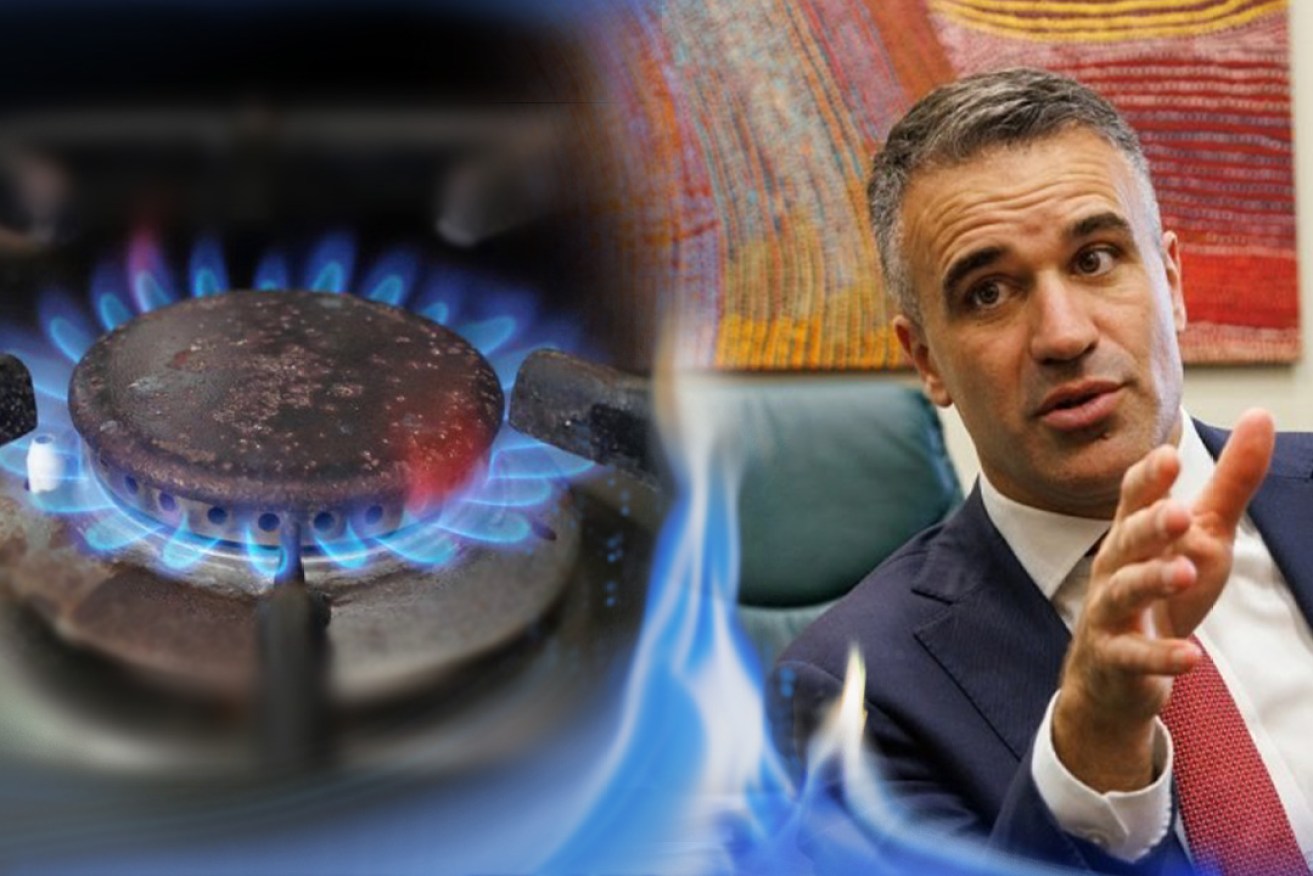Premier eyes hydrogen fix for home gas connections
Premier Peter Malinauskas won’t rule out changes to home gas connections after Victoria announced a ban – but says blending gas with hydrogen is a more likely path to cutting carbon emissions.


Left photo: Lukas Coch/AAP; right photo: Tony Lewis/InDaily
The Victorian Government last week announced that gas connections will be banned in all new homes and government buildings from January 1, 2024.
About 80 per cent of Victorian homes are connected to gas, with the sector contributing around 17 per cent of the state’s emissions.
The percentage of South Australian homes connected to gas is around 56 per cent, according to a July 2021 report by Energy Networks Australia.
Asked today whether South Australia could follow Victoria with a similar ban on new gas connections, Premier Peter Malinauskas said: “It’s not our policy as it stands.”
“That isn’t us ruling out change in this regard, but we’ve got a number of policies that we’re pursuing in respect to hydrogen that helps us achieve us those decarbonisation objectives,” he said.
The Premier pointed to a government-supported trial being conducted by Australian Gas Networks, the owner of the state’s gas distribution network, to produce “renewable gas” by blending hydrogen with natural gas.
The hydrogen is produced at Hydrogen Park South Australia within the Tonsley Innovation District.
The blended gas is being used to supply more than 3000 homes across Mitchell Park, Clovelly Park and parts of Marion in Adelaide’s south.
“From the information we’ve received from Australian Gas Networks thus far we’ve been very pleased with the way that trial’s performing, and we’ll be turning our minds to any opportunity to expand that,” Malinauskas said.
“Decarbonisation of the gas network is another way of achieving the right outcome in terms of climate change without necessarily disconnecting gas networks or stopping connections in the future.”
In 2020, the Grattan Institute estimated the cost of network upgrades to support all South Australian homes to go all-electric would be $101m.
The independent think tank also reported that water heating made up 64 per cent of South Australia’s household gas use in 2020, compared to space heating (26 per cent) and cooking (7 per cent).
Greens MLC Robert Simms introduced a Bill to parliament in April 2022 seeking to ban all new home gas connections in South Australia by 2025.
The Bill, which proposes amendments to the state’s planning laws, has not progressed in the Upper House. Simms said today he intends to bring it to a vote later this year.
“SA has been such a leader in the field of green energy it’s a shame that Victoria has pipped us at the post here, but the Malinauskas Government can remedy that by supporting the Greens’ bill,” he said.
“Blending the gas network while an improvement, simply doesn’t go far enough in carbon reduction.
“The Government shouldn’t be putting all its eggs in that basket.”
The number of residential gas consumers in South Australia increased by 18 per cent from 2010 to 2022, according to Australian Energy Regulator data.
Producing and using gas accounts for 36 per cent of South Australia’s emissions, according to a 2022 Grattan Institute study.
SPONSORED VIDEO – THE POST
The South Australian Government has set a goal to reach net zero emissions by 2050 – five years behind the Victorian Government’s goal of 2045.
However, Malinauskas said South Australia was “ahead of Victoria” on decarbonisation, arguing the gas connection ban would mean more South Australian renewable energy would be flowing to Victoria via the SA-Vic electricty interconnector.
“South Australia’s advanced position in renewables now means that there is every chance that South Australia starts to export our power to Victoria rather than coming the other way,” he said.
“There is an obligation on the system to make sure there is enough power being produced to meet South Australia’s needs as well.”
Malinauskas said the builder for the state government’s promised $593m hydrogen power plant near Whyalla will be chosen in September or October.
The facility, to be used for both domestic consumption and export, is scheduled to begin construction in the summer and be completed by the start of 2026.




